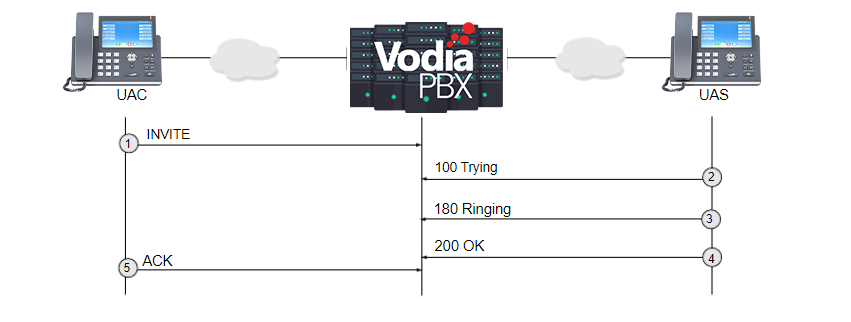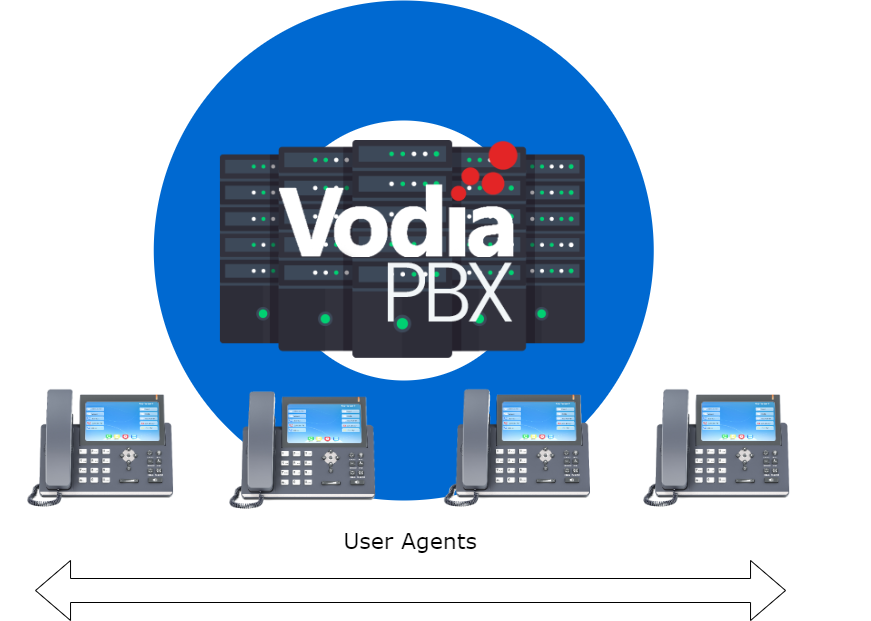
What is SIP (Session Initiation Protocol) ?

SIP Overview
SIP (Session Initiation Protocol) is a signaling protocol that is used to control multimedia communication sessions, such as voice and video calls, over Internet Protocol (IP). SIP is analogous to HTTP for voice and is essentially the glue that ties communications systems together, much like HTTP ties clients and servers together for worldwide communication. More and more vendors are implementing SIP as a standard telephony platform, and it is becoming increasingly popular. This appendix provides an introduction to SIPand is designed to introduce you to key concepts and mechanisms of the SIP protocol
What is SIP?
SIP was originally designed in 1996 to create a mechanism for inviting people to large-scale multipoint conferences on the Internet multicast backbone. The first version (SIP 2.0) was defined by RFC 2543, and by November of 2000, the protocol had been refined and clarified in RFC 3261. Though IP telephony didn'tactually exist at the inception of RFC 3261, SIP evolved to provide a missing piece to the Internet architecture: A way for users to explicitly invite others users to join sessions over the Internet
What is a Session initiation protocol?
SIP (Session Initiation Protocol) is a signaling protocol that is used to control multimedia communication sessions, such as voice and video calls, over Internet Protocol (IP). SIP is analogous to HTTP for voice and is essentially the glue that ties communications systems together, much like HTTP ties clients and servers together for worldwide communication. More and more vendors are implementing SIP as a standard telephony platform, and it is becoming increasingly popular. This appendix provides an introduction to SIP and is designed to introduce you to key concepts and mechanisms of the SIP protocol.
What is a SIP session?
What is a SIP Session? A SIP session is a related progression of events devoted to a particular activity occurring over the Internet. Activities can include two-way telephone calls, video conferencing, streaming multimedia distribution, instant messaging, presence, and online games.

SIP knows nothing about the details of the sessions it controls. It only initiates, terminates, and modifies the sessions. Although SIP can work in a framework with other protocols— SOAP, HTTP, XML, VXML, WSDL, UDDI, and SDP—it does not perform any of their functions.
SIP Components
User Agent Client (UAC): The UAC generates "methods" and sends them to servers (e.g., it sends an INVITE request and initiates a call). User Agent Server (UAS): The UAS receives the methods, processes them, and generates responses(e.g., it sends a 200 Ok response to indicate a successful session). The UAS may issue multiple responses to the UAC
User Agent Clients
User Agent ClientsThe UAC is often associated with the end-user since applications running on systems are used by people. The UAC can be any end-user device, such as a cell phone, multimedia handset, personal computer (PC), personal digital assistant (PDA), or a softphone. The requests generated by the UAC are sent to a server (typically a proxy server) and are known as "meth-ods," which will be discussed later.Note: Non-IP devices like dumbphones can also be turned into SIP UAs by using an inexpensive analog telephone adapter (ATA) to make them SIP-aware. An ATA is a box with one or two analog ports with RJ11jacks used for connecting regular analog phones to the VoIP network. Popular ones include the SIPura or Linksys SPA 112.
User Agent Servers
Servers possess a predefined set of rules to handle the requests sent by clients and are usually part of the network. There are several types of servers: Proxy Server— Proxy servers help track down addresses of recipients whose exact addresses are not known in advance. If the proxy server cannot find the address of the recipient, it will send the request to other proxy servers. Destinations include another extension on the same proxy server, the next-hop proxy server in the routing table, or a media server. SIP proxy servers use presence services to track users, which means users can be located regardless of their physical location. Proxy servers are the most common server in the SIP environment. Registrar Server— A SIP registration server is responsible for registering devices.
It does this by authenticating the device with a user name and password and keeping a table of IP addresses and extensions/phone numbers. This authentication process is similar to logging into a web server, which requires a user name and password. The registrations server makes it possible for users to alter the address at which they are contactable. Registrations play an important role in the process since SIP devices that do not register cannot be called and SIP devices that do not successfully authenticate cannot make outbound calls. A media server is a device that handles any kind of media or RT, such as a voicemail server, a conference server, an IVR server, and music on hold server


